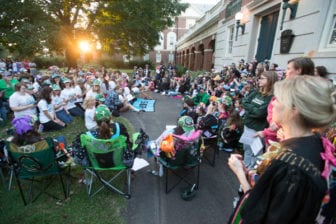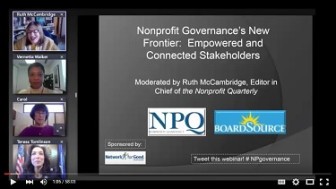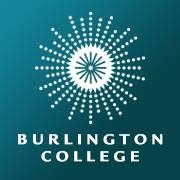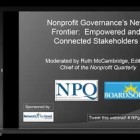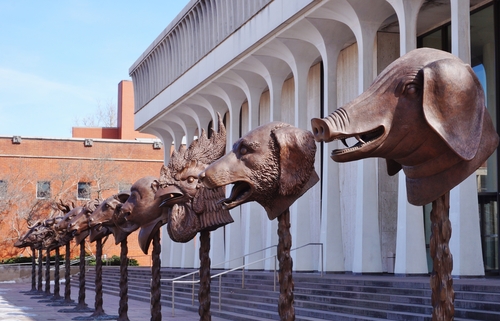
April 16, 2015; Wall Street Journal
NPQ has, over the past year, run a number of charts showing that in the so-called recovery from the recession, most of the fruits of that recovery have gone to the wealthiest, making the wealth gap worse than it has ever been in this country. Most recently, we published “Do the Fruits of Philanthropy Now Fall Closer than ever to the Tree?” in which we suggest that that wealth gap will cause another among nonprofits and the same dynamics apply.
Sign up for our free newsletters
Subscribe to NPQ's newsletters to have our top stories delivered directly to your inbox.
By signing up, you agree to our privacy policy and terms of use, and to receive messages from NPQ and our partners.
The richest universities, even though they lost assets during the recession, did not have to pinch pennies in their moneymaking capacities, and so as the recovery started, they hit the ground running with the top investment talent and the best fundraising capacity. As a result, we now see here the same “1%” dynamic occurring as in the rest of the economy. Almost one-third of total cash and investments at the 500 four-year schools surveyed by Moody’s Investors Service belonged to the top ten richest universities in the country
Two thirds of the assets of the 500 are held by the top 40, which have grown their assets by 50 percent between 2009 and 2014. These top 40 have a median $6.3 billion in cash and investments in fiscal 2014, compared with $273 million for the rest of the group of 500 rated by Moody’s. These 40 captured 59 percent of all charitable gifts made to the 500 in fiscal 2014.
As schools get richer, by the way, they become less dependent upon the tuition payments of those pesky students. As the Washington Post writes, this rich and poor reality “is worth remembering as many schools scramble to cut expenses and recruit students. Some are laying off employees. A few have opted to close. The battle over the planned shutdown of Sweet Briar College in rural Virginia has become a symbol of these financial struggles and the fallout for students and faculty.”—Ruth McCambridge


